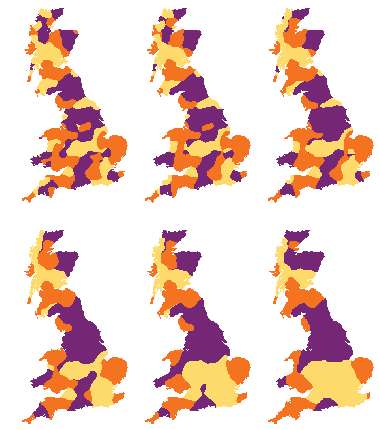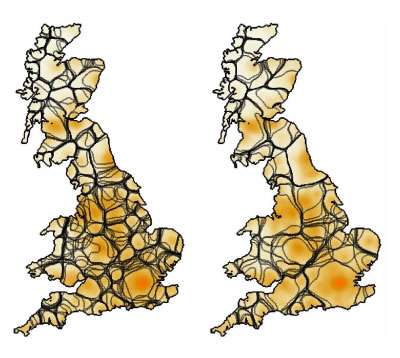Physics of bubbles could explain language patterns

Language patterns could be predicted by simple laws of physics, a new study has found.
Dr James Burridge from the University of Portsmouth has published a theory using ideas from physics to predict where and how dialects occur.
He said: "If you want to know where you'll find dialects and why, a lot can be predicted from the physics of bubbles and our tendency to copy others around us.
"Copying causes large dialect regions where one way of speaking dominates. Where dialect regions meet, you get surface tension. Surface tension causes oil and water to separate out into layers, and also causes small bubbles in a bubble bath to merge into bigger ones.
"When people speak and listen to each other, they have a tendency to conform to the patterns of speech they hear others using, and therefore align their dialects. Since people typically remain geographically local in their everyday lives, they tend to align with those nearby."
Dr Burridge from the University's department of mathematics departs from the existing approaches in studying dialects to formulate a theory of how country shape and population distribution play an important role in how dialect regions evolve.

Traditional dialectologists use the term 'isogloss' to describe a line on a map marking an area which has a distinct linguistic feature.
Dr Burridge said: "These isoglosses are like the edges of bubbles – the maths used to describe bubbles can also describe dialects.
"My model shows that dialects tend to move outwards from population centres, which explains why cities have their own dialects. Big cities like London and Birmingham are pushing on the walls of their own bubbles.
"This is why many dialects have a big city at their heart – the bigger the city, the greater this effect. It's also why new ways of speaking often spread outwards from a large urban centre.
"If people live near a town or city, we assume they experience more frequent interactions with people from the city than with those living outside it, simply because there are more city dwellers to interact with.

His model also shows that language boundaries get smoother and straighter over time, which stabilises dialects.
Dr Burridge's research is driven by a long-held interest in spatial patterns and the idea that humans and animal behaviour can evolve predictably. His research has been funded by the Leverhulme Trust.
The research was published last week in the American Physical Society journal Physical Review X.
More information: James Burridge. Spatial Evolution of Human Dialects, Physical Review X (2017). DOI: 10.1103/PhysRevX.7.031008
Journal information: Physical Review X
Provided by University of Portsmouth

















